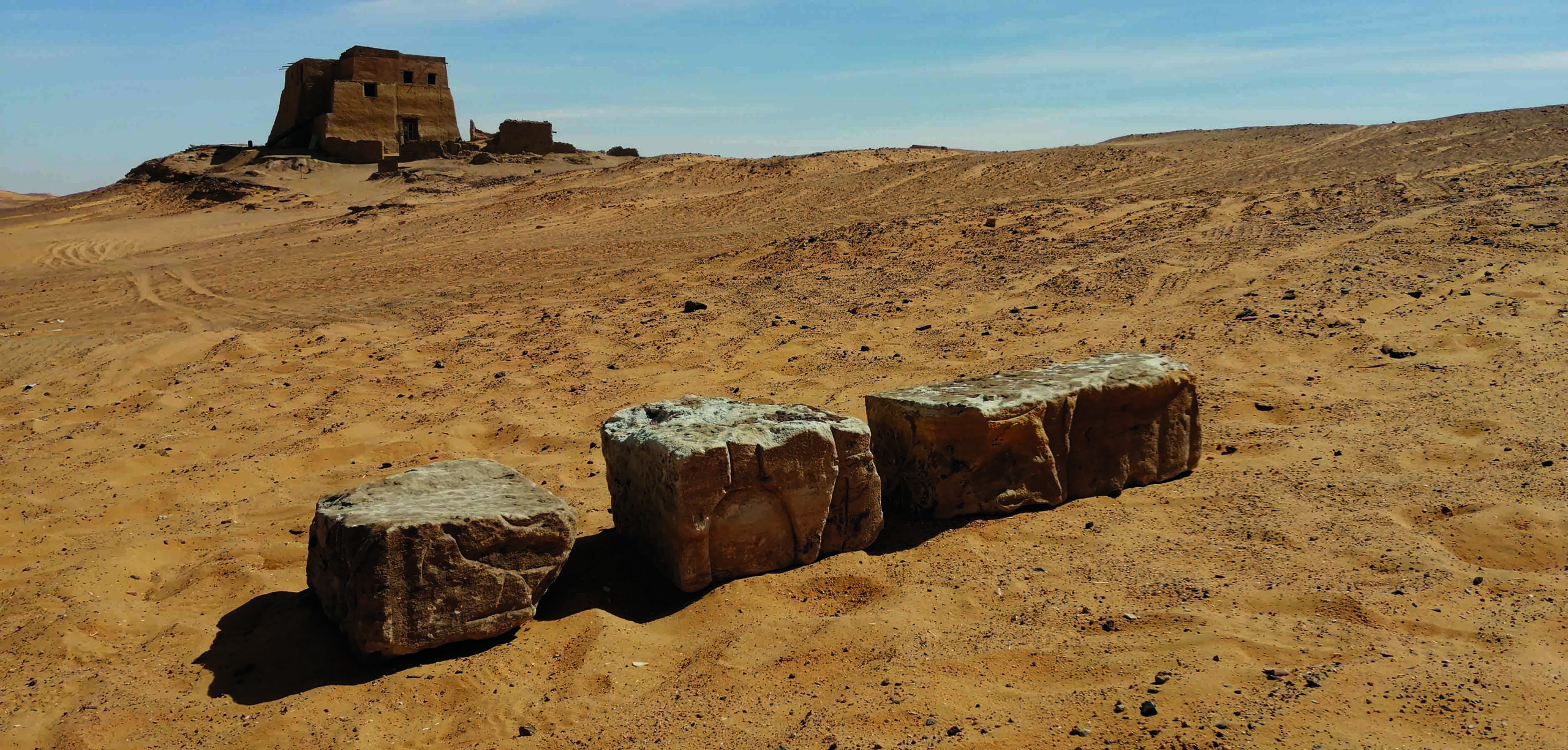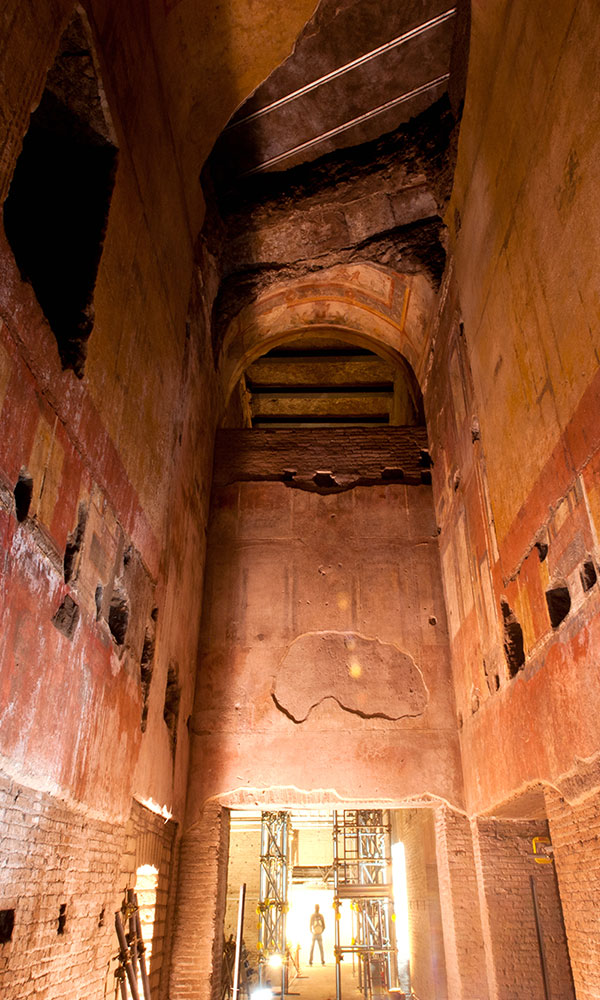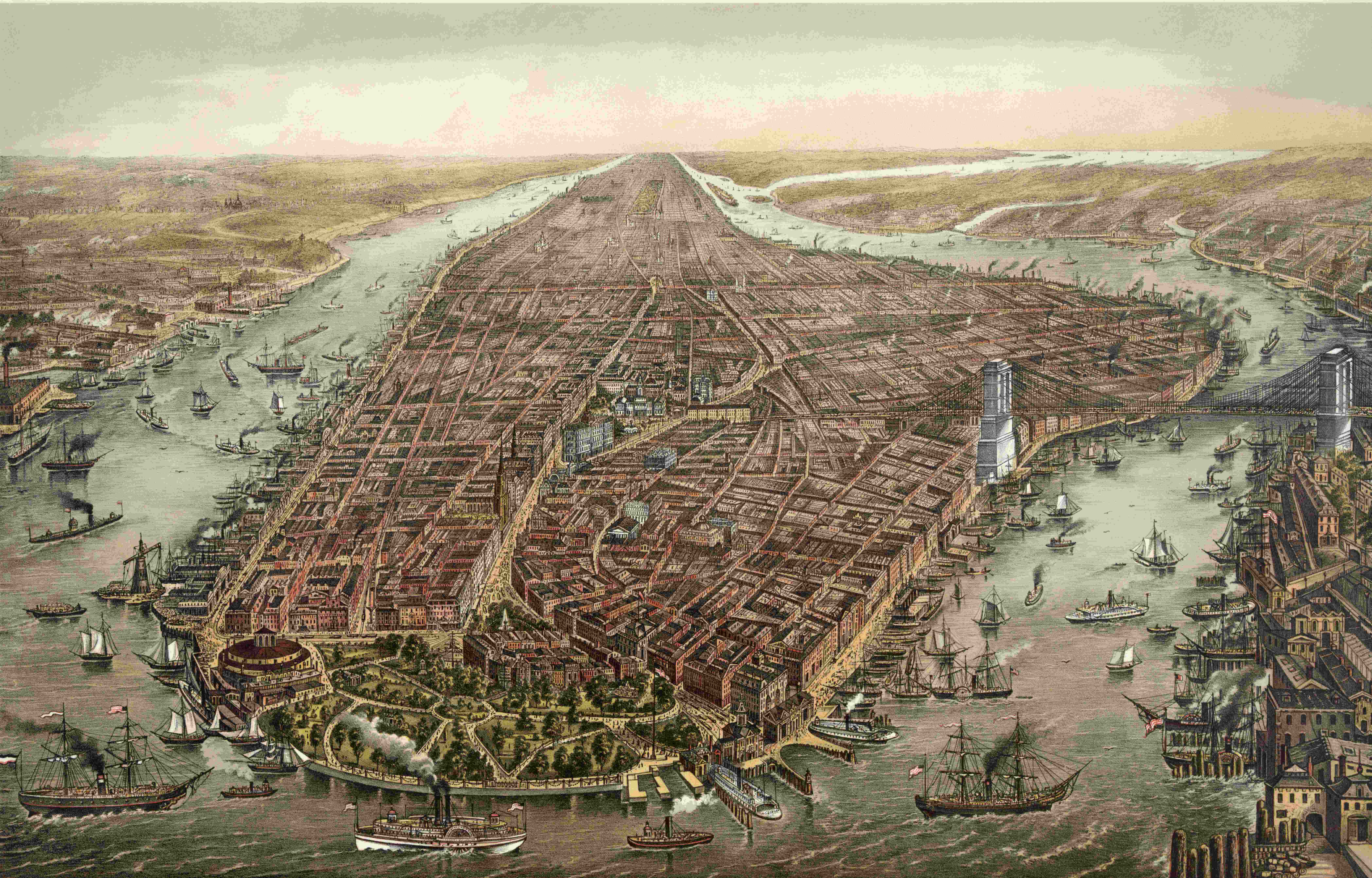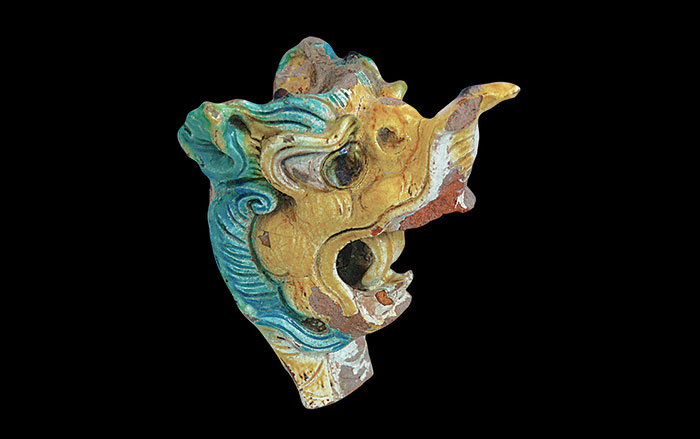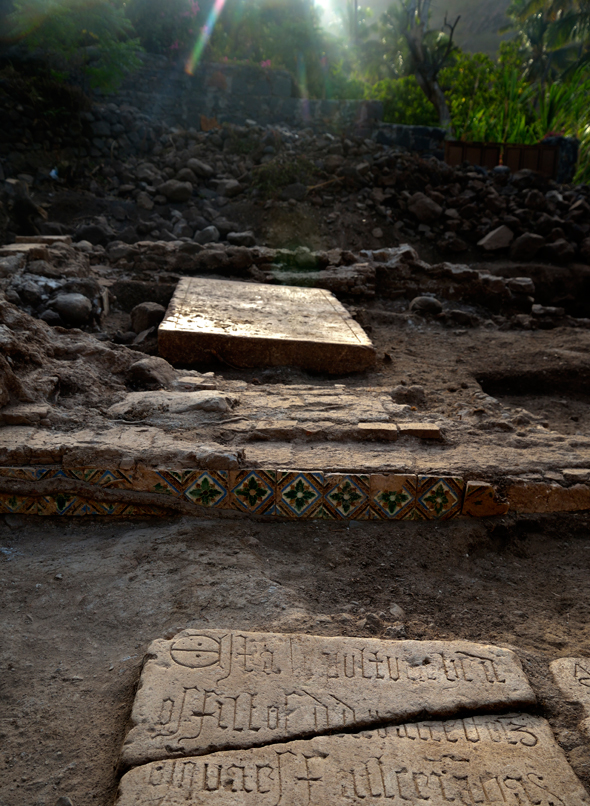
CAMBRIDGE, ENGLAND—In the late fifteenth century, the Portuguese constructed a church on Santiago Island, one of the ten barren Cabo Verde islands located off the West African coast. Eventually, Cabo Verde became a hub for the transatlantic slave trade. Archaeologists from the University of Cambridge have excavated the structure, thought to be the oldest European colonial building discovered in sub-Saharan Africa. “We’ve managed to recover the entire footprint-plan of the church, including its vestry, side-chapel, and porch, and it now presents a really striking monument,” Christopher Evans, director of the Cambridge Archaeology Unit, said in a press release. More than 1,000 people are thought to have been buried in the floor of the church by the mid-sixteenth century. Preliminary analysis shows that about half of them were African, while the rest came from various places in Europe. “From historical texts we have learned about the development of a ‘Creole’ society at an early date with land inherited by people of mixed race who could also hold official positions. The human remains give us the opportunity to test this representation of the first people in Cabo Verde,” Evans said. To read about extraordinary African structures dating to the same period, go to "Stone Towns of the Swahili Coast."


